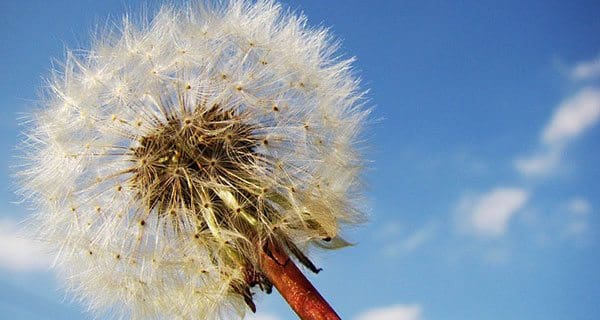Weed infestations are a cause for increasing concern. The need for action to contain and control these infestations is real. These weeds are often perennial and hard to control plants. As a weed infestation increases in size and severity, the cost of control can increase exponentially. In forage stands, the loss of forage production from desirable plants results in less feed and forage for livestock use.

Sarah Sommerfeld, PAg,
regional forage specialist
Saskatchewan Ministry of Agriculture
The Saskatchewan Weed Control Act lists weeds as Prohibited, Noxious and Nuisance. Weeds that are listed as prohibited are plants that are absent or rare in Saskatchewan but are aggressive in growth habit. Noxious weeds are weeds that are established in Saskatchewan beyond practical eradication but are still spreading into non-infested areas. Noxious weeds are a threat to both the environment and its ecosystem functions, and to the productivity and profitability of the agriculture industry. Weeds such as leafy spurge, absinthe wormwood, Canada thistle and common tansy are designated as noxious weeds.
[emember_protected for=”2″ custom_msg=’For more on this story, please see the Mar. 23 print edition of The Cross Roads.’]
Leafy spurge is extremely difficult to control and eradicate from a local area. The plant has an aggressive deep, creeping root system that can send its roots eight metres (26 feet) down and can spread up to four and a half metres (15 feet) per year. Leafy spurge also reproduces and spreads by seed production, with each flowering stem producing on average up to 140 seeds. The seed capsules can shoot seeds up to five metres (16 feet) from the parent plant and can remain viable in the soil for up to eight years.
The local economic impact of a leafy spurge invasion can be measured through the loss of desirable vegetation, as the plant can invade rangeland and reduce its productivity for both livestock grazing and wildlife. When the leafy spurge plant population density exceeds 80 stems per square meter, rangeland can be qualified as unusable or wasteland. As a leafy spurge infestation grows in size, it can also create a physical barrier, which impedes animal movement to new grazing areas.
There are a number of control methods for managing leafy spurge. Often the implementation of multiple control methods is the best defence against the spread of this aggressive plant. Grazing, particularly with sheep or goats, can be an effective control against leafy spurge. Animals can be used in environmentally sensitive areas or rough terrain where other control measures, such as herbicides, cannot be applied. Over time, grazing weakens the plant and can be used in combination with other control methods such as herbicides to increase effectiveness. Leafy spurge beetles are a biological control option that can be used with relative success. Over time, and with proper beetle management, good results of leafy spurge containment and control can be achieved. It is important to remember that leafy spurge beetles are a long term control commitment.
There are a number of herbicides registered for use to control leafy spurge on rangeland and non-crop areas. These products will contain active ingredients such as picloram, metsulfuron or aminocyclopyrachlor. There are very few herbicide options available for use on annual cropland, without having a significant impact on non-target plants. When using herbicides, be diligent to follow label recommendations for application and handler safety.
Other methods often used to control leafy spurge include mowing or clipping and tillage. When using mowing as a method of control, it is important to ensure that the vegetation removed is not going to be transported to an area where leafy spurge does not exist. For example, feeding hay that contains leafy spurge in a leafy spurge-free pasture can create new infestations and lead to its spread. Frequent tillage may be another control option for land owners, but this is only applicable in annual croplands and may come with other risks depending on soil type.
Producers and land managers play an important role in managing invasive species as they are the eyes on the ground every day. Thus, it is important for land managers to be able to identify new or alien plants and take early control measures to eradicate these plants before they are a wide-spread problem on their land.
For more information on managing invasive species, contact the Agriculture Knowledge Centre at 1-866-457-2377 or call the Outlook Regional Office at 306-867-5575.

